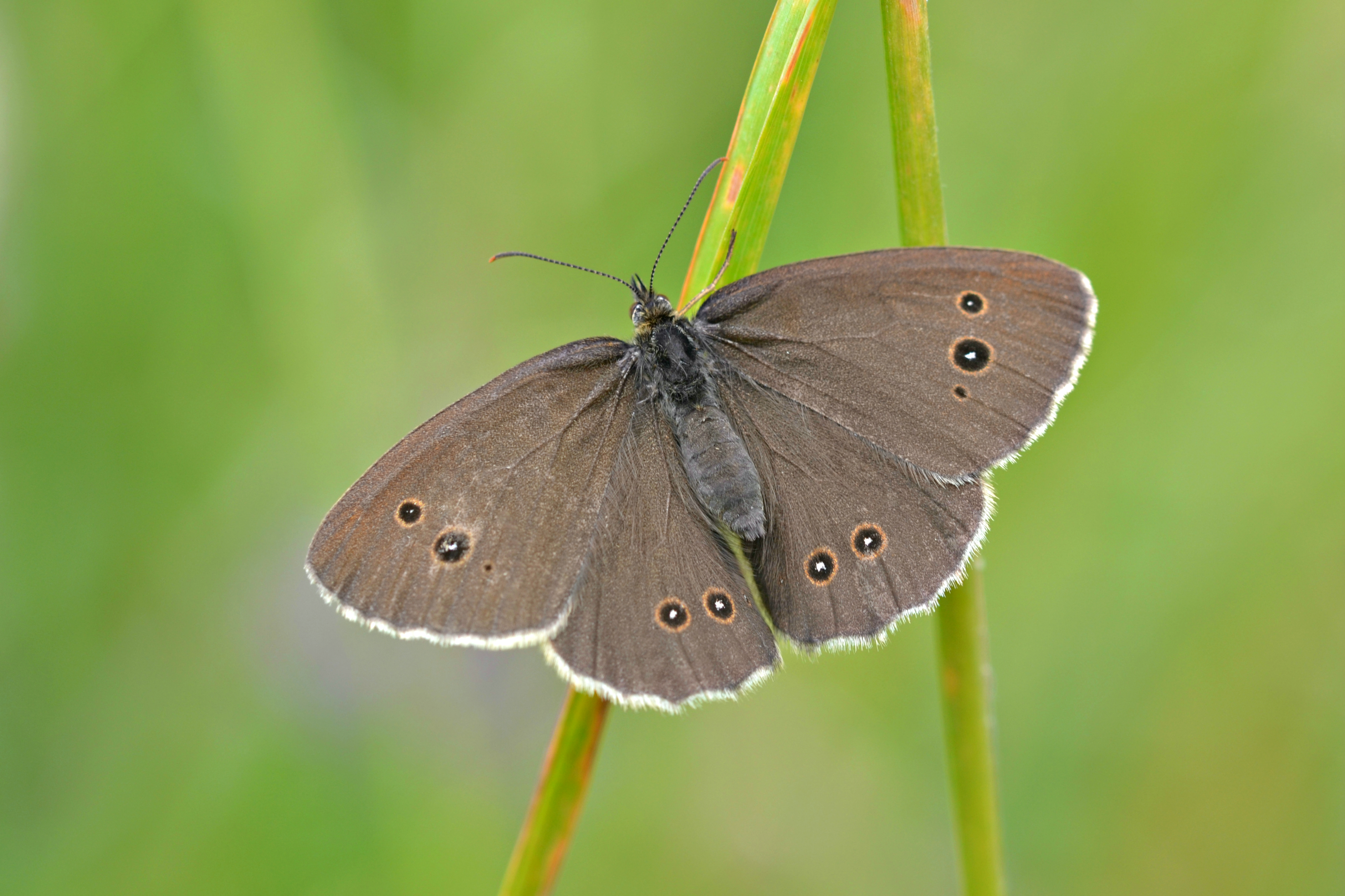An increase in drought conditions caused by climate change could result in the extinction of six UK butterfly species by 2050, a study has revealed.
Ringlet, Speckled Wood, Large Skipper, Large White, Small White and Green-veined White were highlighted as species likely to suffer if drought conditions increased over coming decades, the study in the journal Nature Climate Change claimed.
Scientists analysed long-term population data for 28 species at 129 sites collected by Butterfly Conservation and other volunteer recorders through the UK Butterfly Monitoring Scheme (UKBMS).
The data was analysed in relation to historic climate data, habitat data and climate model projections. A key part of the analysis was investigating how butterflies recovered from the 1995 drought (the driest summer since records began in 1776).
Such drought events are predicted to become commonplace, under climate change, unless a drastic effort is made to reduce CO2 emissions.
Using these data, the study identified which species were particularly drought-sensitive and also how population crashes in response to drought were affected by the area and fragmentation of natural habitats in the local landscape around monitoring sites.
The team identified six species of drought-sensitive butterfly - Ringlet, Speckled Wood, Large Skipper, Large White, Small White and Green-veined White - as having a low probability of persistence by 2050 even under most favourable emissions scenario.
Dr Tom Brereton, Butterfly Conservation Head of Monitoring said: "These results are alarming, given this short timescale and as the list threatened with extinctions includes some of our most familiar and currently widespread butterflies.
"A number of other butterfly species could also be at risk, as only half of UK butterfly species were investigated, due to insufficient data .
"Certainly, after the 1976 and 1995 droughts, a number of other species had very bad years, including Dingy Skipper, Silver-washed Fritillary and Small Blue suggesting a possible knock on effect of the previous years’ drought.. However, at this stage, we can’t rule out other factors."
The headline results are bleak, but encouragingly, population crashes were less severe, and recovery rates faster, in wetter areas of the country where semi-natural habitat was less fragmented.
The study highlights the importance of both cutting CO2 emissions below business-as-usual levels and habitat restoration to re-connect fragmented habitats, that may help buffer drought effects.
The study was led by Dr Tom Oliver from the UK’s Centre for Ecology & Hydrology (CEH) in collaboration with colleagues from CEH, Tom Brereton of Butterfly Conservation, Natural England and the University of Exeter.
Reference: Tom H. Oliver(1), Harry H. Marshall(2), Mike D. Morecroft(3), Tom Brereton(4), Christel Prudhomme(1), Chris Huntingford(1). 2015. Interacting effects of climate change and habitat fragmentation on drought-sensitive butterflies. Nature Climate Change. DOI: 10.1038/nclimate2746
Affiliations: (1) Centre for Ecology & Hydrology, UK; (2) University of Exeter; (3) Natural England; (4) Butterfly Conservation
Follow Dr Breteron on Twitter @Tom_m_brereton


